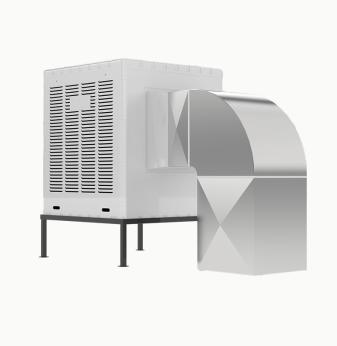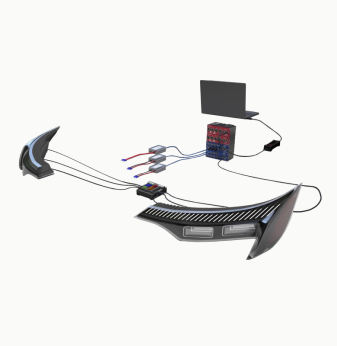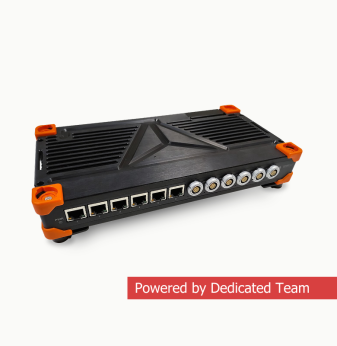Building a Greener Future: Carbon-Neutral Embedded Hardware and Sustainable Electronics
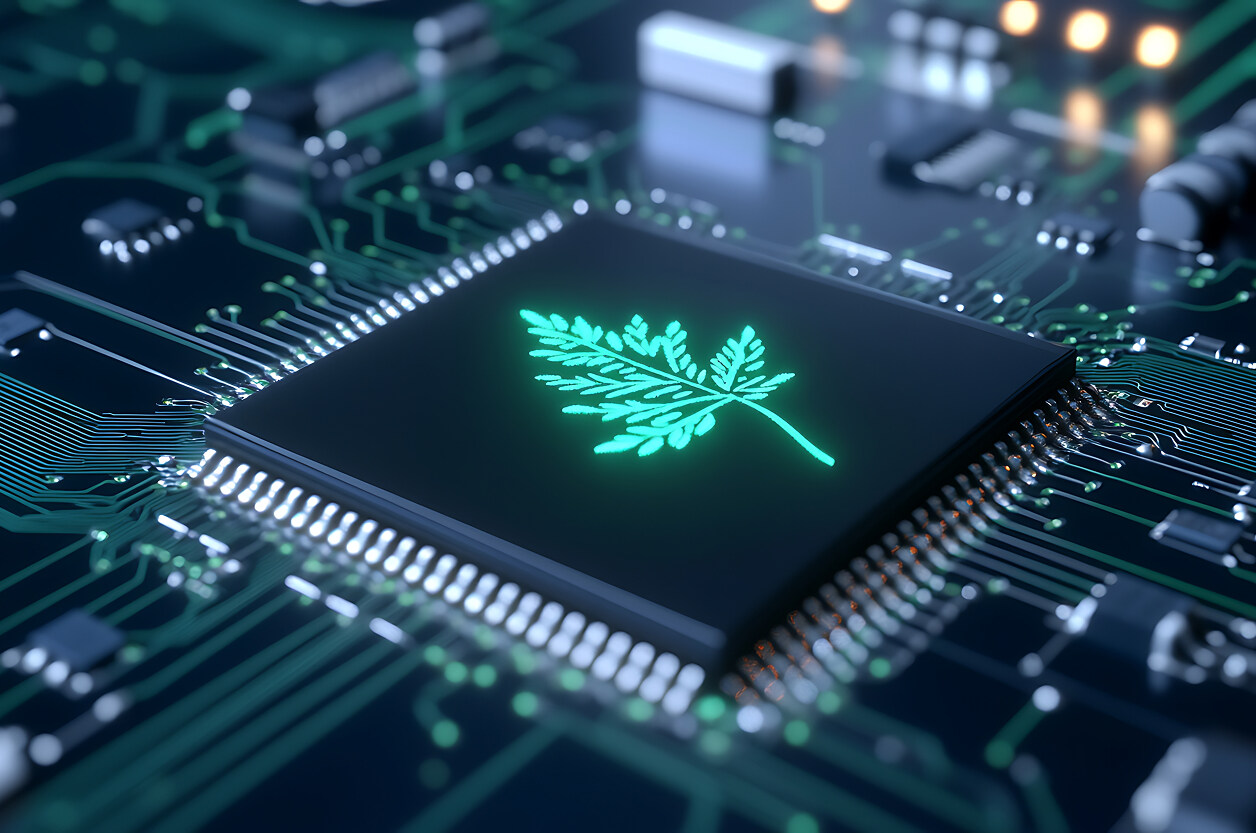
For decades, innovation in embedded systems was measured by performance, speed, and cost. But as the electronics industry faces global climate challenges, a new metric is taking center stage — carbon footprint.
From IoT sensors to industrial controllers, every embedded device carries an invisible environmental cost: raw material extraction, energy-intensive PCB fabrication, logistics, and end-of-life disposal. As production volumes climb into the billions, this impact can no longer be ignored.
Now, a quiet revolution is underway. Hardware engineers are designing carbon-neutral embedded systems — devices optimized not just for efficiency but for sustainability, using recyclable materials, renewable energy, and circular lifecycle strategies.
What carbon neutrality means in electronics
A carbon-neutral product offsets or eliminates all greenhouse gas emissions generated during its lifecycle — from material sourcing to manufacturing, operation, and recycling.
In embedded hardware, this involves three complementary strategies:
- Reducing emissions through efficient design, material selection, and renewable manufacturing energy.
- Reusing components and materials through modularity and recyclability.
- Offsetting residual emissions via verified carbon-reduction projects.
It’s not just about compliance with green regulations — it’s about engineering responsibility. Embedded systems are the backbone of modern technology, and making them sustainable has a ripple effect across every connected industry.
Eco-design: sustainability begins at the schematic
The shift toward carbon-neutral hardware starts at the design stage. Engineers can cut up to 80% of a product’s environmental impact before production even begins.
Design principles for eco-friendly embedded systems
- Component efficiency: choose low-power MCUs, FPGAs, and PMICs that minimize standby consumption and dynamic load.
- Material reduction: optimize PCB layer count and trace routing to reduce copper and resin usage.
- Modular design: enable partial upgrades instead of full replacements — for example, swap a communication module rather than discarding the whole board.
- Lifecycle modeling: simulate environmental impact using lifecycle assessment (LCA) tools to compare design options.
- Renewable sourcing: select suppliers using green electricity or ISO 14001-certified facilities.
The goal is not only to build efficient devices but also to make them repairable, reusable, and recoverable.
Recyclable and biodegradable PCBs
Traditional printed circuit boards are notoriously hard to recycle. They contain fiberglass, epoxy, and heavy metals that complicate disposal. New material science is changing that.
Recyclable substrates
Manufacturers are developing PCBs made from bio-resins (derived from corn or sugarcane) and natural fibers such as flax or jute. These alternatives reduce reliance on petroleum-based materials and can be disassembled for metal recovery.
Detachable interconnects
Instead of permanent solder, low-temperature alloys and snap-fit connectors allow easy separation of components during recycling.
Conductive inks and printed electronics
Printed circuit techniques using graphene or silver nanoparticle inks on flexible, recyclable films open new avenues for lightweight and environmentally friendly designs.
Thermal and electrical trade-offs
Eco-materials often have lower heat tolerance and conductivity than FR-4. Engineers compensate by redesigning thermal paths, improving copper geometry, and integrating passive cooling strategies.
The result is a new class of PCBs that maintain performance while significantly lowering environmental impact.
Green manufacturing and supply chain decarbonization
The carbon footprint of electronics isn’t limited to components — it extends to every stage of production and logistics.
Factories are adopting green manufacturing methods that make embedded hardware cleaner to produce.
Renewable energy and heat recovery
Leading PCB fabs and EMS providers now power their production lines with solar or wind energy, and capture waste heat from reflow ovens for reuse.
Water and chemical recycling
Advanced filtration systems reclaim process water and extract valuable metals from etching solutions, closing the material loop.
Localized production
Regional manufacturing reduces transport emissions and enables faster circular recycling. Many OEMs are now mapping CO₂ per kilometer metrics for their supply chains.
Digital twins for sustainability
Digital manufacturing twins model energy and material flows in real time, helping engineers identify inefficiencies and carbon hotspots during production.
Together, these practices push the industry closer to a net-zero supply chain for embedded electronics.
Energy-efficient embedded operation
Sustainability doesn’t end at production — it extends to how devices consume energy throughout their operational life.
Low-power design techniques play a major role:
- Dynamic voltage and frequency scaling (DVFS);
- Adaptive sleep modes for IoT devices;
- Energy harvesting from light, vibration, or RF;
- Edge AI for data filtering before transmission (reducing cloud load and energy use).
Embedded systems designed with ultra-low standby consumption and energy harvesting can achieve energy self-sufficiency, eliminating the need for battery replacement and minimizing e-waste.
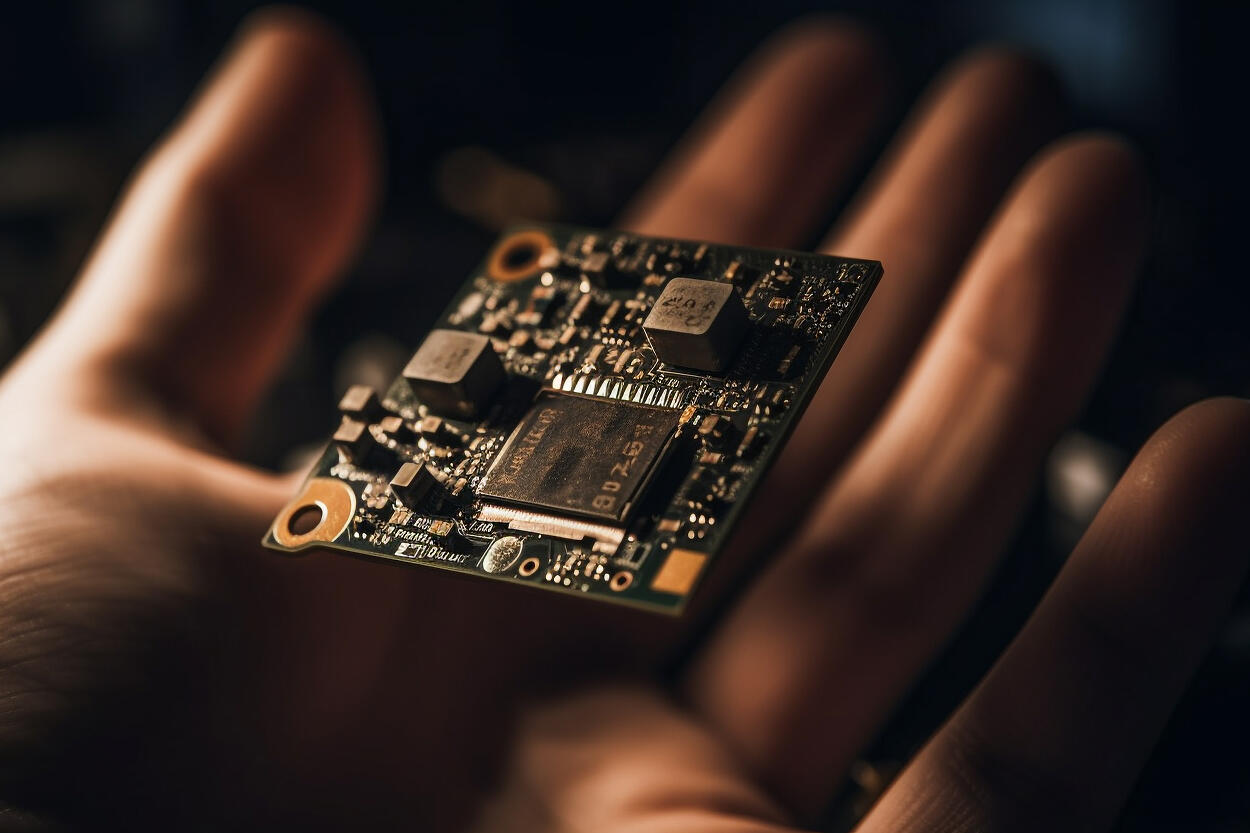
Lifecycle management and circular economy
True carbon neutrality requires closing the loop — recovering materials, extending product lifespan, and ensuring safe end-of-life processing.
Design for disassembly
Fasteners, connectors, and adhesives must allow components to be separated for recycling.
Refurbishment and remanufacturing
Industrial controllers and IoT devices can be refurbished for secondary markets instead of discarded.
Material recovery
Automated sorting and pyrolysis technologies extract copper, gold, and rare earths from old boards while neutralizing toxic compounds.
Carbon accounting
Modern ERP and PLM systems integrate carbon metrics — tracking each component’s footprint and guiding offset strategies.
This circular approach transforms hardware from disposable assets into renewable resources.
Standards and frameworks guiding green electronics
Several international initiatives are shaping the sustainability roadmap for embedded systems:
- ISO 14040/44: lifecycle assessment standards for environmental performance.
- IEC 62430: principles of environmentally conscious design.
- RoHS and REACH: restrictions on hazardous materials.
- EPEAT and TCO Certified: eco-labels recognizing sustainable electronics.
- EU Green Deal and CSRD: regulatory push for transparent carbon reporting in the supply chain.
Compliance with these frameworks is becoming a prerequisite for global market access — not a differentiator but a baseline expectation.
The business case for carbon-neutral embedded hardware
Sustainability is often seen as a cost driver, but data shows the opposite: green design can increase profitability through:
- Lower material and energy expenses;
- Improved brand reputation and access to green procurement programs;
- Reduced compliance risks and taxes;
- Longer product lifecycles and customer loyalty.
Companies integrating eco-design early achieve both environmental and financial resilience — aligning engineering with long-term value.
Future directions: self-healing and biodegradable electronics
The next step beyond recyclable hardware is biodegradable and self-healing electronics.
Polymers that regenerate micro-cracks, substrates that dissolve harmlessly after use, and conductive biomaterials could redefine what “end of life” means in hardware.
Meanwhile, AI-assisted design tools will automatically balance performance, cost, and environmental impact — producing optimized eco-schematics in minutes.
By 2035, most industrial devices could be built on fully traceable, carbon-neutral supply chains.
Sustainability will no longer be a niche — it will be the foundation of hardware engineering.
AI Overview: Carbon-Neutral Embedded Hardware
Carbon-neutral embedded hardware applies eco-design, recyclable materials, and lifecycle management to minimize environmental impact across manufacturing and operation.
Key Applications: industrial controllers, IoT devices, medical sensors, automotive electronics, smart infrastructure.
Benefits: reduced carbon footprint, material reuse, lower energy consumption, regulatory compliance, sustainable brand value.
Challenges: cost of eco-materials, thermal performance trade-offs, recycling infrastructure, supply chain traceability.
Outlook: by 2035, recyclable PCBs, energy-harvesting systems, and circular design practices will make carbon-neutral embedded hardware a global engineering standard.
Related Terms: eco-design, sustainable electronics, lifecycle assessment, green PCB, energy harvesting, circular economy, low-carbon manufacturing.
Our Case Studies


